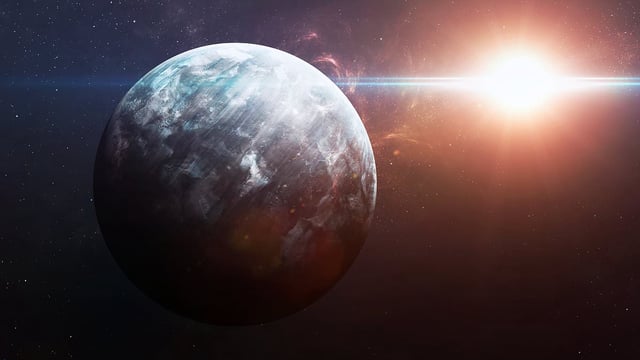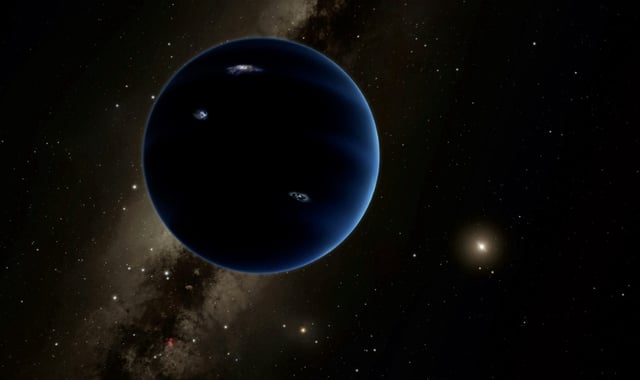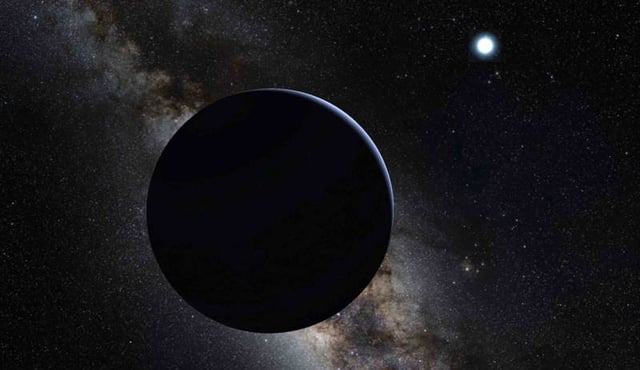Overview
- Rice University researchers ran thousands of simulations of early solar system dynamics and star cluster interactions and found up to a 40% chance of capturing a Neptune-sized planet in a distant orbit.
- The models show wide-orbit planets can emerge naturally from chaotic gravitational encounters among gas giants and stabilizing kicks from neighboring stars.
- Most scattered planets fail to remain bound and instead become rogue worlds drifting through interstellar space, linking distant orbiters and free-floating planets.
- A hypothetical Planet Nine would weigh five to ten times Earth’s mass and orbit hundreds to thousands of astronomical units from the Sun, potentially explaining clustered paths of Kuiper Belt objects.
- The Vera C. Rubin Observatory, featuring the largest digital camera ever built, will begin deep-sky surveys soon to directly detect or exclude the proposed planet.


